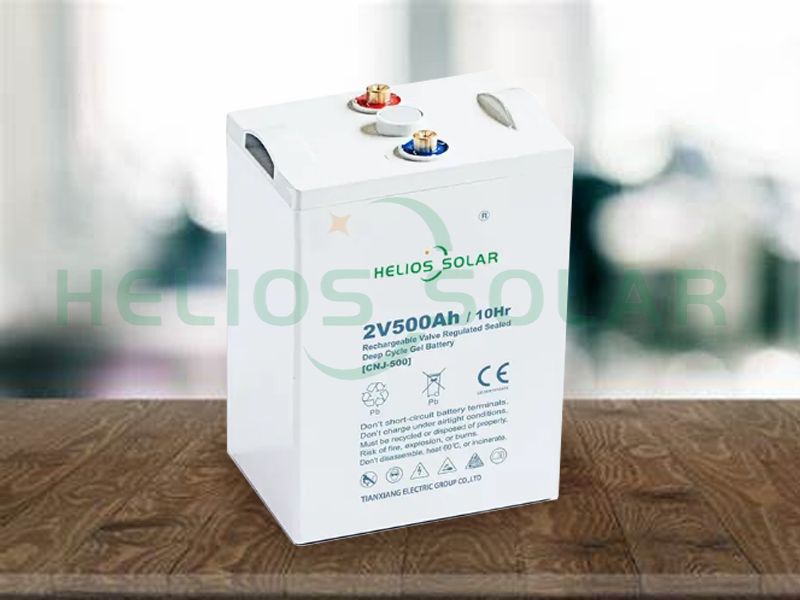In our modern world, batteries are an essential energy source that sustains our daily lives and drives technological advancement. One popular battery type is the gel battery. Known for their reliable performance and maintenance-free operation, gel batteries use advanced technology to maximize efficiency and durability. In this blog, we’ll delve into the fascinating world of gel batteries and explore the meticulous process behind their creation.
What is a gel battery?
To understand how gel batteries are made, it’s important to understand the basic concepts behind this type of battery. Gel batteries are valve-regulated lead-acid (VRLA) batteries, which are sealed and do not require the regular addition of water. Unlike traditional flooded lead-acid batteries, gel batteries use a thick gel electrolyte, which makes them safer and more resistant to vibration and shock.
Manufacturing process:
1. Preparation of battery plates:
The first step in gel battery production involves the fabrication of the battery plates. These plates are usually made of lead alloy and are responsible for promoting energy storage and release. The plate grid is designed in a way to maximize surface area, optimizing the battery’s performance.
2. Assembly:
Once the panels are ready, they are placed into the mold along with the separator, which is a thin strip of porous material. These separators prevent the plates from touching each other and causing short circuits. The assembly is carefully aligned to ensure proper contact and alignment, resulting in a tightly packed unit.
3. Acid filling:
The battery components are then immersed in dilute sulfuric acid, a key step in triggering the electrochemical reactions needed to generate electricity. The acid penetrates the separator and interacts with the active materials on the plates, creating the necessary conditions for energy storage.
4. Gelling process:
After acid charging, the battery is placed in a controlled environment, such as a curing chamber, where the gelation process occurs. In this step, dilute sulfuric acid reacts chemically with a silica additive to form a thick gel electrolyte, which is what distinguishes gel batteries from traditional batteries.
5. Sealing and quality control:
Once the gelling process is complete, the battery is sealed to prevent any leakage or evaporation. Comprehensive quality control testing is performed to ensure each battery meets strict performance and safety standards. These tests include capacity checks, voltage tests, and thorough inspections.
In conclusion:
Gel batteries have revolutionized the field of power storage with their exceptional reliability and maintenance-free operation. The delicate process of gel battery manufacturing involves multiple complex steps, from the preparation of the battery plates to final sealing and quality control. Understanding the manufacturing process allows us to appreciate the engineering prowess and attention to detail embedded in these high-performance cells.
As technology continues to advance, gel batteries will play a key role in powering a variety of applications, from renewable energy systems to telecommunications and even medical devices. Their robust construction, longer cycle life, and ability to withstand harsh conditions make them an indispensable choice for industry and individuals alike. So the next time you rely on the reliable power of a gel battery, remember the complex process behind its creation, encapsulating a fusion of science, precision, and efficiency.
If you are interested in gel battery, welcome to contact gel battery supplier Radiance to read more.
Post time: Sep-13-2023


